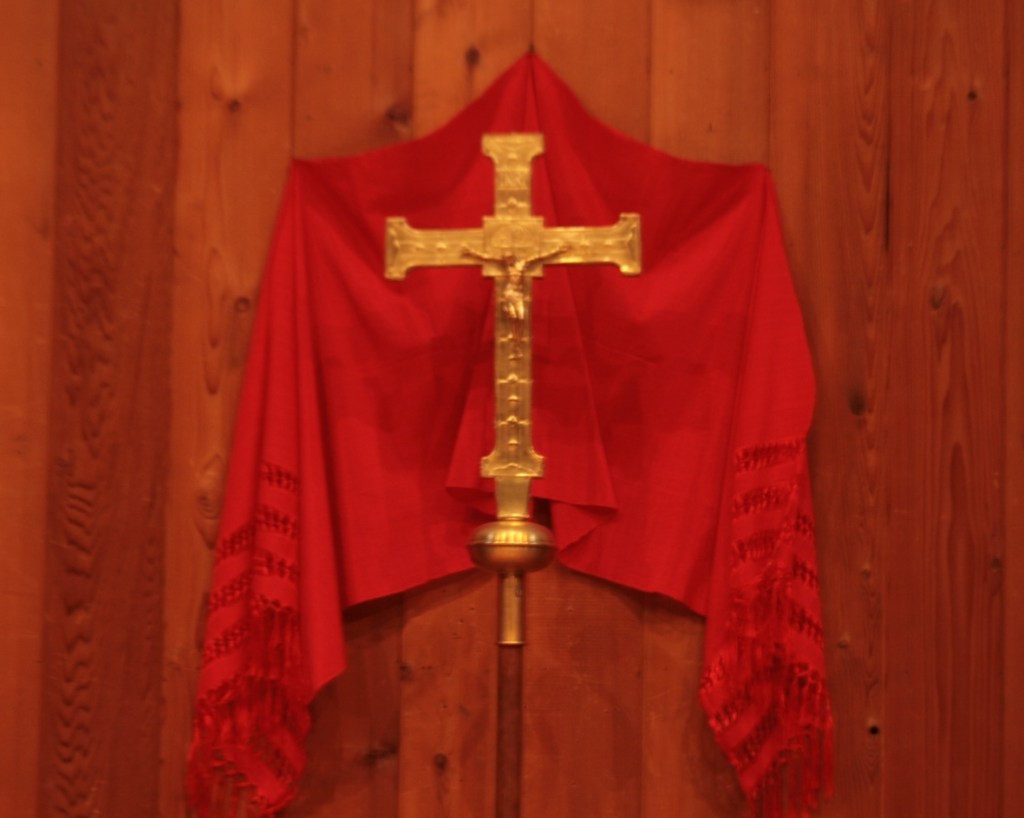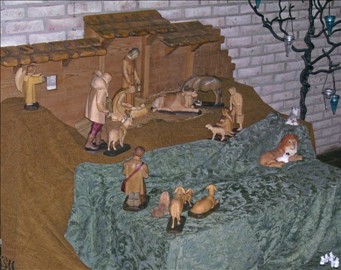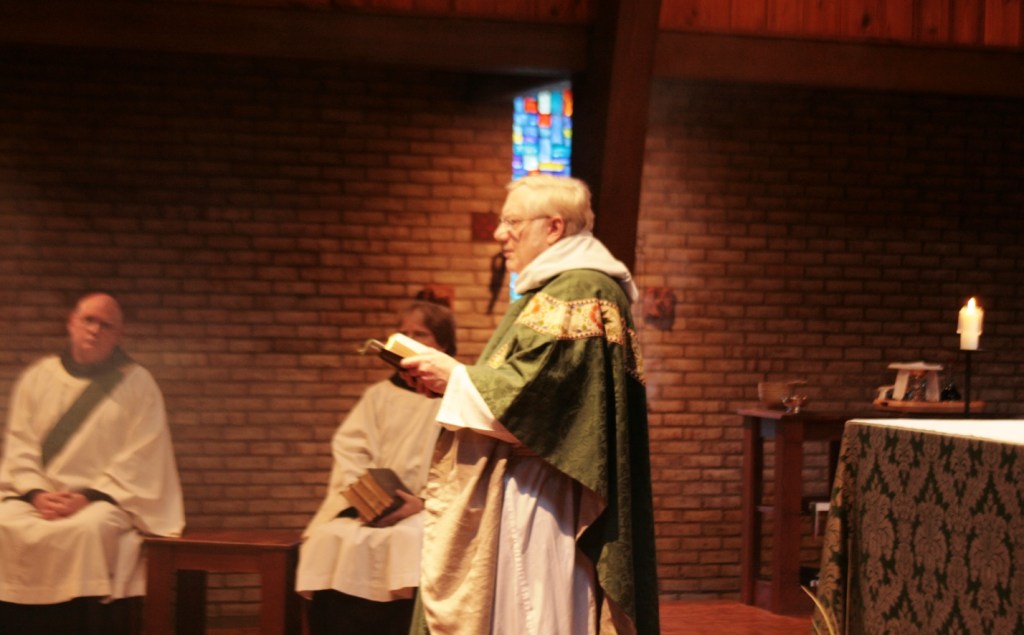
Just when the people in Jerusalem are marveling over the healing of a cripple, Peter tells them that it was by the power of the very man they handed over to Pilate to be crucified that the cripple was healed. A cripple has been brought to life, so to speak, since he was functionally dead up to that point, by a man who was killed. Life and death have been brought together with the implication that the people are being offered a choice between life and death.
Peter accentuates the point by reminding them that they “disowned the Holy and Righteous One and asked that a murderer be released” to them. (Acts 3: 14) One would think that a choice between Jesus of Nazareth and Jesus Barabbas would be an easy one. After all, who wants to release a murderer and kill a manifestly just person? Well, everybody in Jerusalem it seems. Huh? The French thinker René Girard helps us understand this strange choice. In a nutshell Girard argued that society tends to resolve its crises through the collective murder of a person who is then blamed for the crisis. In his sermons in Acts, Peter clearly states that an innocent man was put to death by the people who were embroiled in social conflict. That Barabbas was also said to be an insurrectionist puts him right in the middle of the social conflict. What about Jesus of Nazareth, who Peter called “the author of life?” Jesus was the one person who was not positioned within the conflict. He was too busy being the author of life. But being the author of life had him in conflict with everybody: Pharisees and Sadducees both. That made it easy for the two main parties and then the Roman authorities, who normally hated each other, to agree on one thing: Do away with Jesus. Precisely the scenario hypothesized by Girard. This societal choice of death over life keeps a society rooted in death..
Peter sounds accusatory when he reminds the people of Jerusalem what they have done. The overall context however, is an offer of forgiveness: “Repent, then, and turn to God, so that your sins may be wiped out, that times of refreshing may come from the Lord,” (Acts 3: 19) This seems like a cheap way out for such a monstrous crime, but this forgiveness can only be activated by accepting the reality of what has been done. This is the importance of remembering the truth of what we have done. The history of white racism in the United States and the protracted difficulty in facing up to the truth of what has been done is an example of how hard accepting such truths can be and the amount of courage it takes to fully repent. That the truth about lynching, acts of collective violence, are especially hard to accept for what they are, is particularly telling. (Or not, as telling is what is normally avoided.) It is repenting through truly remembering that frees us of the past. Otherwise, we repeat the past by choosing death over the author of life time and time again. But just as the cripple has been healed by the Risen Lord, so we, too, have the chance to be healed by the author of life.
Peter excuses the people of Jerusalem on account of ignorance. They didn’t know what they were doing. This, of course, is precisely what Girard says of collective violence: the crowd does not know what it is doing when it is doing it. This is also precisely why remembering the truth is as difficult as it is important. This excuse is curiously coupled with the prophets foretelling that the Messiah would suffer. As Luke and the other synoptic Gospel writers make clear, it was not obvious to Peter and the other disciples that the Messiah would suffer until Jesus was crucified and raised from the dead with the wounds still visible in his hands, feet, and side. And yet Jesus needed only to point to the fates of the prophets, including the Psalmist, to make it clear that this is so. No wonder the crowd in Jerusalem didn’t know that when they put Jesus to death.
One would think that a person raised from the dead would be perfectly healthy and fit, but that is not the case. Even in his risen body, Jesus still bears the wounds inflicted when he was on the cross. More amazing yet, there is no sign that these wounds are cause for resentment. There is the question of whether or not the wounds were still painful. Perhaps not but probably so. Wounds that don’t hurt aren’t real. That Jesus bears these wounds without resentment attests to his profound forgiveness of what we have done. This total lack of resentment transforms these wounds. Moreover, if the wounds don’t go away, then we are permanently reminded of their reality. Again, we must remember what we have done or we will repeat the same collective violence time and again. This reflection can give us more insight into our own wounds, both wounds inflicted on us and the wounds we have inflicted on others which, of course wound us as well. The healed cripple walks, but he walks with the history of having been crippled for years.
In his First Epistle, John tells us that we do not yet know what we will be. In context of the wounded Messiah, we don’t know what we will be with our own wounds. But “when Christ appears, we shall be like him, for we shall see him as he is.” (1 Jn. 3: 2) Once we truly know Jesus as the wounded and forgiving Messiah, we too will be wounded and forgiving. All of this is enveloped in God’s love that makes us children of God
For an introduction to René Girard see: Living Stones in the House of the Forgiving Victim: Abiding in Humanity’s Deepest Connections and Living Together With Our Shared Desires








